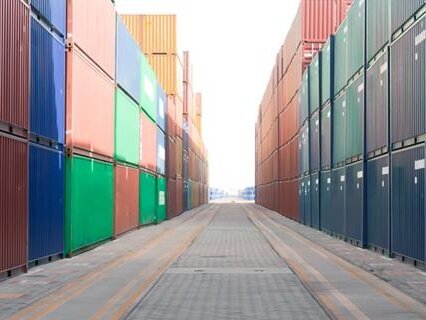Press Release: TT Club Sees Latin American Trade Growth Creating Infrastructure Challenges

While the growth rates of national economies in Latin America have slowed in recent years, the two largest economies, Brazil and Mexico are still forecast to increase by over 3% annually, while significant growth is predicted in Colombia (4.7%), Chile (5.1%) and Peru (6.3%). This growth is one of four factors identified by freight transport insurance specialist TT Club in its current country-by-country market analysis of the region,
Transport and Logistics Market Opportunities
.
The Club's Senior Underwriter, Dan Negron presented the findings at a transport industry forum at the beginning of the month. "Two examples of robust economies are Colombia and Peru. The latter has grown its export trade by a multiple of five over the last decade, while Colombia has a sustained GDP growth rate in the region of 5% in recent years. Both have burgeoning middle classes, a significant driver of international trade," explained Negron.
Such economic growth is one of four factors pin-pointed in TT's analysis; the other three being government policies, improved connectivity and distribution channels. It is clear that a number of government policies, particularly the privatisation of ports and free trade agreements are significant in terms of increasing trade. Negron reported however that the need for greater investment in domestic infrastructure to improve transport connectivity within the region, and a need for logistics supply chain services to be more organised, were in danger of frustrating trade growth in reaching its full potential.
While Latin American ports are themselves becoming increasingly better organised, the infrastructure used to move goods to and from the inland production and consumption locations have not been modernised at an equivalent pace. "In addition to this need for capital investment to improve connectivity," said Negron "very often the functions of warehousing, trucking, cargo consolidation and other related services are performed by individual operators or by shippers themselves. Systems therefore tend not to be fully-integrated and the efficiencies of a cohesive supply chain can't be realised."
TT Club itself is a stakeholder in the success of efficient supply chains, benefiting along with its Members in the reduction of risk that such efficiencies bring. Increased volumes of trade will result from improved connectivity and better integrated distribution channels. The Club is committed to improving trade opportunities in Latin America and aiding transport operators in their development.
*Scotia Bank - Regional Outlook 2013
- Author
- Staff Author
- Date
- 25/10/2013





